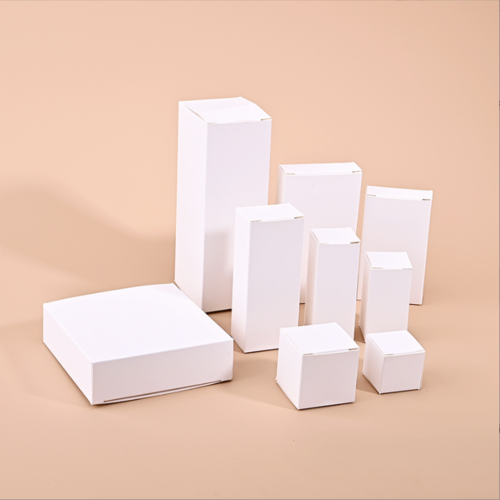The Unsung Hero Bin Liners and Their Impact on Waste Management
In a world increasingly concerned with sustainability and environmental preservation, bin liners often fly under the radar. While they may seem like simple plastic bags lining our waste bins, their role in waste management and hygiene is crucial. This article explores the significance of bin liners, their materials, and the growing movement towards eco-friendly alternatives.
Bin liners, also known as garbage bags or trash bags, serve multiple purposes. Primarily, they help contain waste, preventing it from spilling onto the floor or attracting pests. They act as a protective barrier between the waste and the bin, keeping the bin clean and minimizing odors. This hygienic aspect is particularly important in kitchens and bathrooms, where food waste and organic refuse can become breeding grounds for bacteria if not properly contained.
Historically, bin liners were made predominantly from low-density polyethylene (LDPE), a type of plastic that is durable yet environmentally taxing. The convenience of plastic has made it the go-to material for bin liners for decades. However, as awareness of plastic pollution rises, many consumers are seeking alternatives that lessen their environmental impact. This shift in consumer preferences has led to the emergence of various eco-friendly options on the market.
Biodegradable bin liners are one of the most popular alternatives
. These bags are made with materials that break down more quickly than traditional plastics, often within a few months under the right conditions. They are designed to decompose naturally, effectively reducing landfill waste over time. Corn-starch-based liners and those blended with other organic materials are popular choices for environmentally-conscious consumers. However, it is important to note that for these bags to biodegrade effectively, they usually require industrial composting facilities, which are not universally available.bin liners

Another innovation in the field of bin liners is compostable bags. Unlike biodegradable bags, compostable liners are specifically designed to break down into nutrient-rich compost when exposed to the right conditions. These bags can be used for organic waste, reinforcing the circular economy by ensuring that food scraps and other organic materials contribute back to soil health, rather than ending up in a landfill where they contribute to methane emissions.
Moreover, some companies are producing reusable bin liners made from materials like silicone or cotton. These washable bags can drastically reduce single-use plastic waste. They offer a durable and sustainable solution for waste management while also appealing aesthetically with varied designs and colors.
However, while the environmental benefits of switching to eco-friendly bin liners are clear, there are practical considerations as well. Consumers must assess their waste disposal practices and local recycling capabilities to make informed choices. The transition to biodegradable or reusable options may require education on proper disposal methods to ensure they fulfill their environmental promise.
In conclusion, while bin liners may seem like a mundane part of waste management, they play an integral role in promoting hygiene and reducing waste's environmental impact. The shift towards eco-friendly options reflects a broader societal commitment to sustainability. As consumers become more aware of their choices, bin liners can evolve from mere convenience items into pivotal tools for a more sustainable future. By making informed selections in our waste disposal practices, we can turn the simple act of lining a trash bin into a meaningful step towards environmental stewardship.



